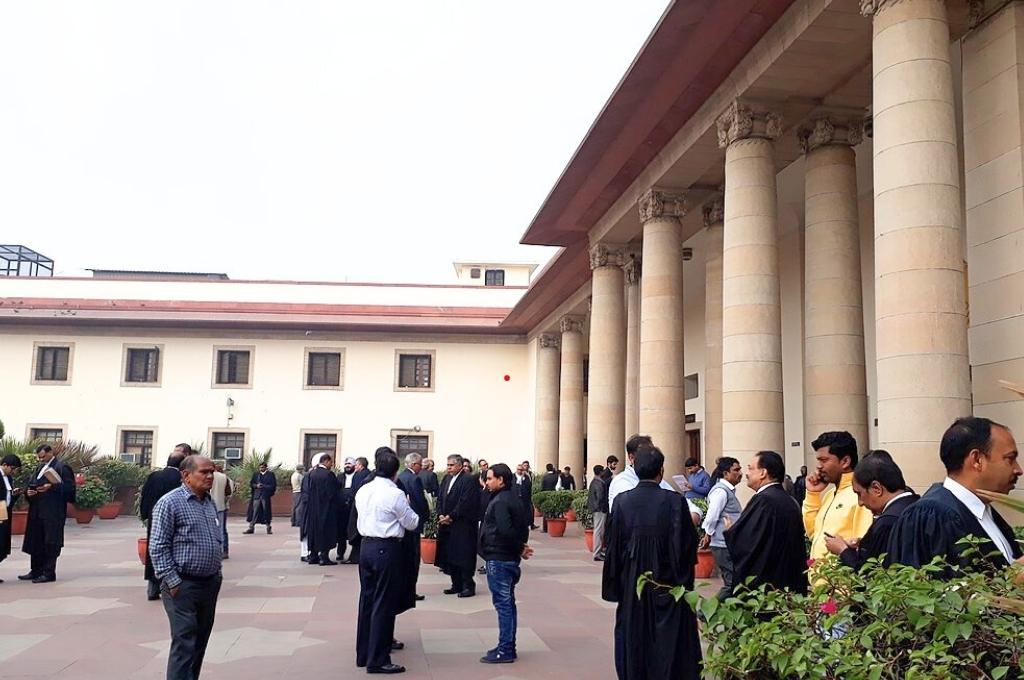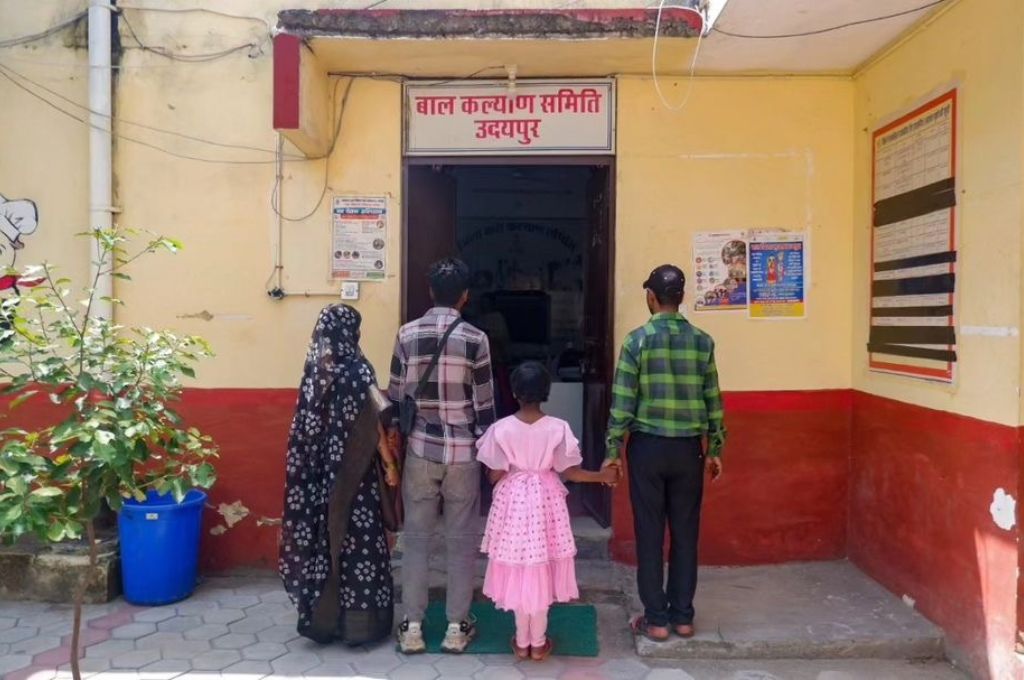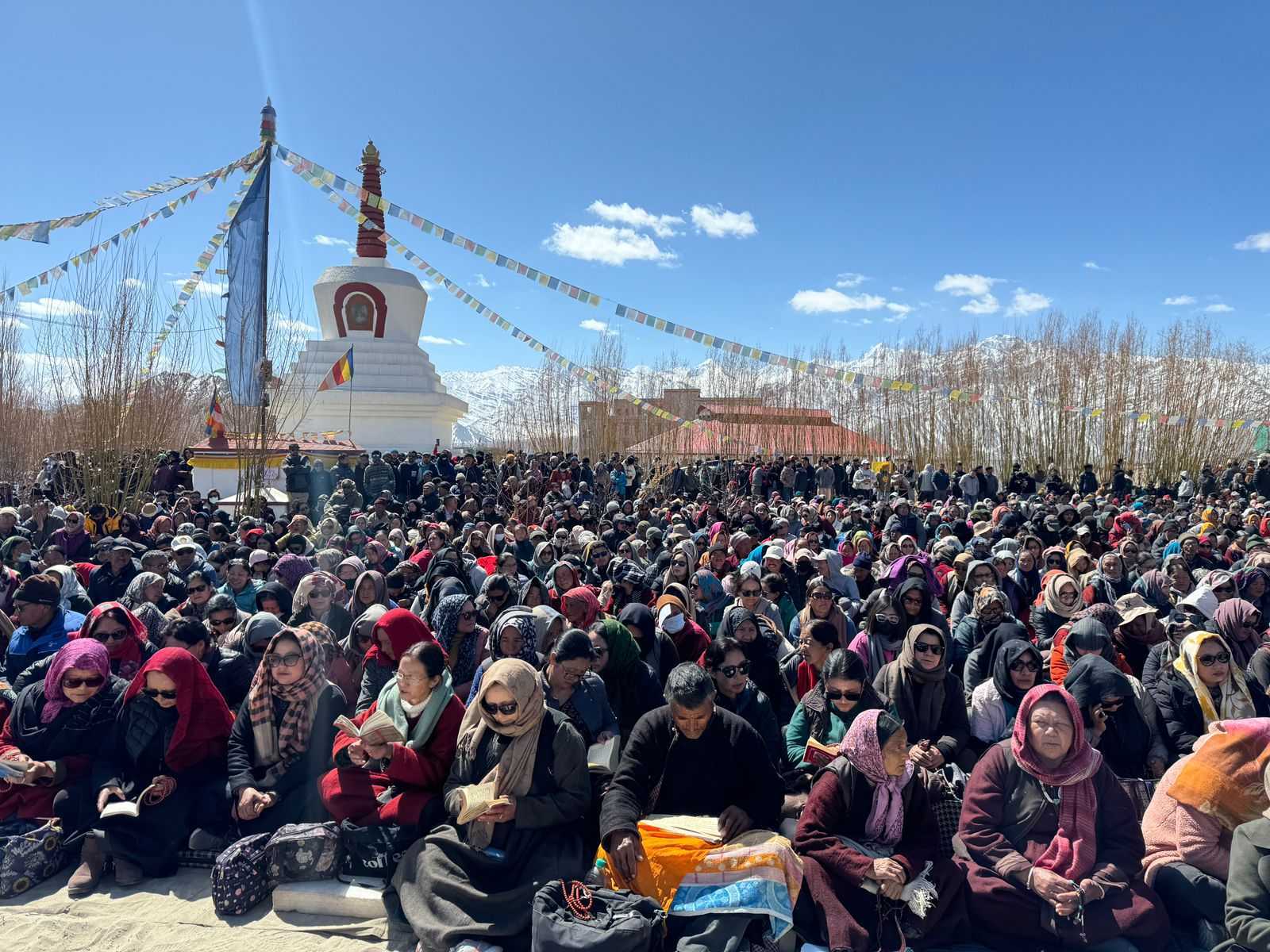Four of the five south Indian states, with the exception of Kerala, were ranked at the top in diversity in the justice system, according to the India Justice Report (IJR) 2022, released on April 4. The report tracks states’ progress on justice delivery mechanisms–the judiciary, police, prisons and legal aid.
The IJR, in partnership with organisations including DAKSH, Commonwealth Human Rights Initiative (CHRI), Common Cause, Centre for Social Justice, Vidhi Centre for Legal Policy and TISS-Prayas, was initiated in 2019. The report uses data from the Bureau of Police Research and Development (BPRD), data from the Department of Justice, and Parliamentary questions, Prison Statistics of India, the National Judicial Grid, the National Legal Services Authority and state budget documents.
According to this third edition of the report, among the large-and medium-sized states with populations of 10 million or more, Tamil Nadu was ranked the best in diversity, climbing six spots from the previous assessment in 2020.
The diversity ranking assessed various indicators such as the share of women across the four pillars of the justice system, and Scheduled Caste (SC), Scheduled Tribe (ST) and Other Backward Classes (OBC) representation in police and judiciary.
Overall too, in terms of justice delivery, four southern states–Karnataka (1), Tamil Nadu (2), Telangana (3) and Andhra Pradesh (5)–were at the top, with Gujarat ranking fourth. The report finds that “…improvements in one indicator, such as filling a vacancy or building more diversity into a system, have a positive ripple effect on other indicators and cumulatively affect overall rankings”.
Pace of inclusion remains ‘glacial’
While there have been improvements in the indicators of different pillars, in terms of diversity, particularly caste or gender, “everywhere there is a shortfall in inclusion and the pace of repair remains glacial”, said the report.
Two excuses are usually put forward for not bringing caste and gender diversity into institutions, said Maja Daruwala, editor and convenor, IJR. “One, there are not enough people coming forward or meriting inclusion,” she said. “[And second, that] there are not enough facilities in the institution to accommodate the presence of diversities like, say, disabilities as well.”

Gender disparity continues among higher ranks in police, judiciary
Women account for only 12% of India’s police force, up from 10% in 2020. Nine states and six Union territories (UTs) have a quota of 33%, while in other states, targets range from 35% in Bihar to 10% in Arunachal Pradesh, Meghalaya and Tripura. However, none of the states and UTs have met their reserved quotas. Five states/UTs, including Kerala and Mizoram, have no reservations.
At the officer level, the share of police women is still less at 8%; up from 7% in 2020. Multiple advisories from the Union Home Ministry have recommended that there be at least three women sub-inspectors and 10 women constables in each police station. Only Delhi and Mizoram have enough women sub-inspectors to meet this.
In Andhra Pradesh, there are 547 women officers, 3,172 constables and the ‘Others if any’ category adds 15,580 women inducted as ‘Mahila Police’. This has contributed significantly to the share of women in total police, increasing it to 21.8% in January 2022 from 5.8% in January 2020.
Since 2019, the share of ‘others’ in the total police strength (not just women) has more than doubled.
“There is no information provided on who constitutes ‘others’, at what level they are being used in the service, what their powers are, how they are being supervised or who they are accountable to,” said Devyani Srivastava who heads the Police Reforms Programme in CHRI. “The practice of including an ‘others’ category in the total police strength can be seen from 2019 onwards when BPRD first reported on it. Since then, the share of ‘others’ in the total police strength (not just women) has more than doubled, from 1.18% to 5%.”
In Andhra Pradesh, for women police, the state government has decided to create a separate Mahila Police cadre at the village and ward level consisting of Women Police Secretaries appointed under another scheme who are now re-designated as Mahila Police, Srivastava tells us. Their main role is to assist with addressing concerns of the people, creating public awareness, educating communities on laws, and assisting with addressing crime as required.
At the high court level, nationally, only 13% of judges are women, while at the district court level, the share is almost two times higher, at 35%. In 11 of 36 states and UTs, there has been a drop in women judges in high court since 2020. In Andhra Pradesh, this reduced from 19% to 6.6%, followed by Chhattisgarh where it went from 14.3% to 7.1%.
Nationally, the share of women panel lawyers increased from 18% to 25%. Meghalaya had the highest share at 60.4% followed by Nagaland at 51.4%. Rajasthan (8.6%) followed by Uttar Pradesh (10.5%) had the lowest share of women among panel lawyers. The share of women PLVs (paralegal volunteers) increased from 35% in March 2020 to 40% as of June 2022.
Detailed state-wise data regarding transgender persons in the police department and among legal aid lawyers are not available. Among paralegals, 587 identify as transgender, amounting to less than 1.3%.
For the first time, the IJR assessed the National Human Rights Commission and 25 State Human Rights Commissions (SHRCs). The SHRCs should consist of a chairperson who has been a Chief Justice of a High Court, one member who is, or has been, a judge of a High Court, one member who is, or has been, a district judge in that state, and two members having knowledge or practical experience in matters relating to human rights.
These quasi-judicial bodies scrutinise complaints, make recommendations for improvement in living conditions in jails, juvenile or welfare homes and other government-run institutes. They also review safeguards provided under the Constitution for the protection of human rights and recommend measures for their implementation. Although they are provided with all the powers of a civil court, their recommendations are not binding.
Here too, the gender representation is inadequate, according to the report. Since its establishment in 1993, the NHRC has never had a female chairperson, and has only ever had three women members.
In the SHRCs, overall only one in six members of staff were women. There were no women chairpersons; only six of the 25 commissions had women as members or as secretaries. Only Kerala, Meghalaya and Punjab had one woman member each. This was the case despite the Paris Principles on Status of National Human Rights Institution requiring pluralism in the composition of the institutions.
Caste-based quotas in police have not been filled in most states
All states have statutory mandated caste-based quotas. But, Karnataka was the only state to meet its quota for SC, ST and OBC persons, both among officers and the constabulary in the police.
In general, legal disputes between state governments and the judiciary over the issue of reservation in government promotions have stalled promotions in the police across the country, said Srivastava of CHRI. But Karnataka’s policy of reservation in promotions for SCs and STs is a factor in the state performing better, she said.
Karnataka’s 2017 Act provided for consequential seniority to government servants belonging to SC and ST communities. “In the police, this would apply to promotee ranks including Assistant Sub-Inspector, Inspector and Deputy Superintendent of Police at the state level,” said Srivastava.
Gujarat and Manipur met the SC quota at the officer and constabulary levels. In 2020 too, both states had filled more than 100% of the SC constables and officers vacancy. Bihar, Telangana and Himachal Pradesh did so for ST quotas.
More states are fulfilling their OBC quotas compared to the SC and ST quotas. All southern states–Karnataka, Kerala, Tamil Nadu, Telangana and Andhra Pradesh–and Punjab, Odisha, Chhattisgarh and Jharkhand have filled OBC vacancies in officer and constable ranks.
The progress is “glacial” because, although caste quotas have been around and have been part of electoral politics since Independence, yet we see inadequate representation, said Daruwala. There are now far more educated people amongst historically disadvantaged and discriminated communities so the pool of available talent has expanded and yet we see inclusion growing slowly, she added. “This indicates that there is something more at play than simply the unavailability of people to fill posts.”
There are variations in vacancies filled in states between officers and constabulary. More vacancies have been filled among constables compared to officers. The share of SC, ST and OBC police persons at the officer level is 15%, 10% and 27% respectively, which was lower than the 16%, 12% and 32% within the constabulary, said the report.
“Being dominated by the majority group, the police become–and are seen to be–inaccessible to the reserved groups, particularly the STs and SCs who are frequently subjected to caste-based atrocities,” said Srivastava, on the fallout of lack of representation.
Caste vacancies unfilled in subordinate courts
The judiciary also has wide variations in terms of caste representation. The IJR found that no state met all caste-based quota in the subordinate courts.
At least 10 states had vacancies across all caste categories at the subordinate court level.
Only two states–Chhattisgarh and Telangana–have filled vacancies in two categories. But, at least 10 states–Bihar, Haryana, Jharkhand, Karnataka, Madhya Pradesh, Odisha, Rajasthan, Uttar Pradesh and West Bengal–had vacancies across all caste categories at the subordinate court level.
Six states had more than 90% vacancies in the ST category, while three states–West Bengal (100%), Odisha (89%) and Jharkhand (61%)–had more than 60% vacancies in the SC category at the subordinate court level.
Eight states/UTs have less than 10% ST judges and three states/UTs have no reservations for them, said the report. Among the smaller states, Goa had high vacancies across categories with 100% in SC, 65% in ST, and 85% in OBC.
“This structure of the legal profession, which is patriarchal and sometimes caste-based… it has to change,” the Chief Justice of India, D.Y. Chandrachud, is reported to have said in November 2022. But there is inadequate representation, based on government data.
“…the Government is committed to social diversity in the appointment of Judges in the Higher Judiciary…” the government told Parliament in March 2023. While there are no caste-based reservations in the appointment of judges in the High Courts, of 575 High Court judges appointed between 2018 and March 20, 2023, only one in six belong to SC (17), ST (9) or OBC (67), and 18 belong to minority communities, the response said.
There is 30% vacancy in High Courts overall, according to a March 2023 Department-Related Parliamentary Standing Committee On Personnel, Public Grievances, Law And Justice report. Six High Courts have vacancies of 40% and above and six others have vacancies in the range of 30% to 40%.
Public institutions should reflect the social diversity of the country, and a diverse judiciary will represent the worldviews and life experiences of a larger cross-section of Indians, said Leah Verghese, research manager at DAKSH, a Bengaluru-based law and justice reforms think-tank. “This increases public trust in the institution and its credibility.”
A system of reservation is not enough
“Creating a system of reservations is not sufficient in itself to ensure diversity in any institution and the judiciary is no exception,” said Verghese. “It is important that the institution in charge of recruitment takes proactive steps to solicit applications from members of the reserved categories so that such quotas are filled.”
According to Daruwala, there is a need for institutions to be trained to recognise their own biases, correct them and incentivise good practice and disincentive bad behaviour.
IndiaSpend has asked the Ministry of Home Affairs, Ministry of Law and Justice, for their comments on inadequate caste and gender diversity in police and judiciary, and plans for improving gender and caste representation. We have asked the Karnataka police department about consistently filled caste-reserved vacancies and its approach to it. We will update the story when we receive responses.
This article was originally published on IndiaSpend.







